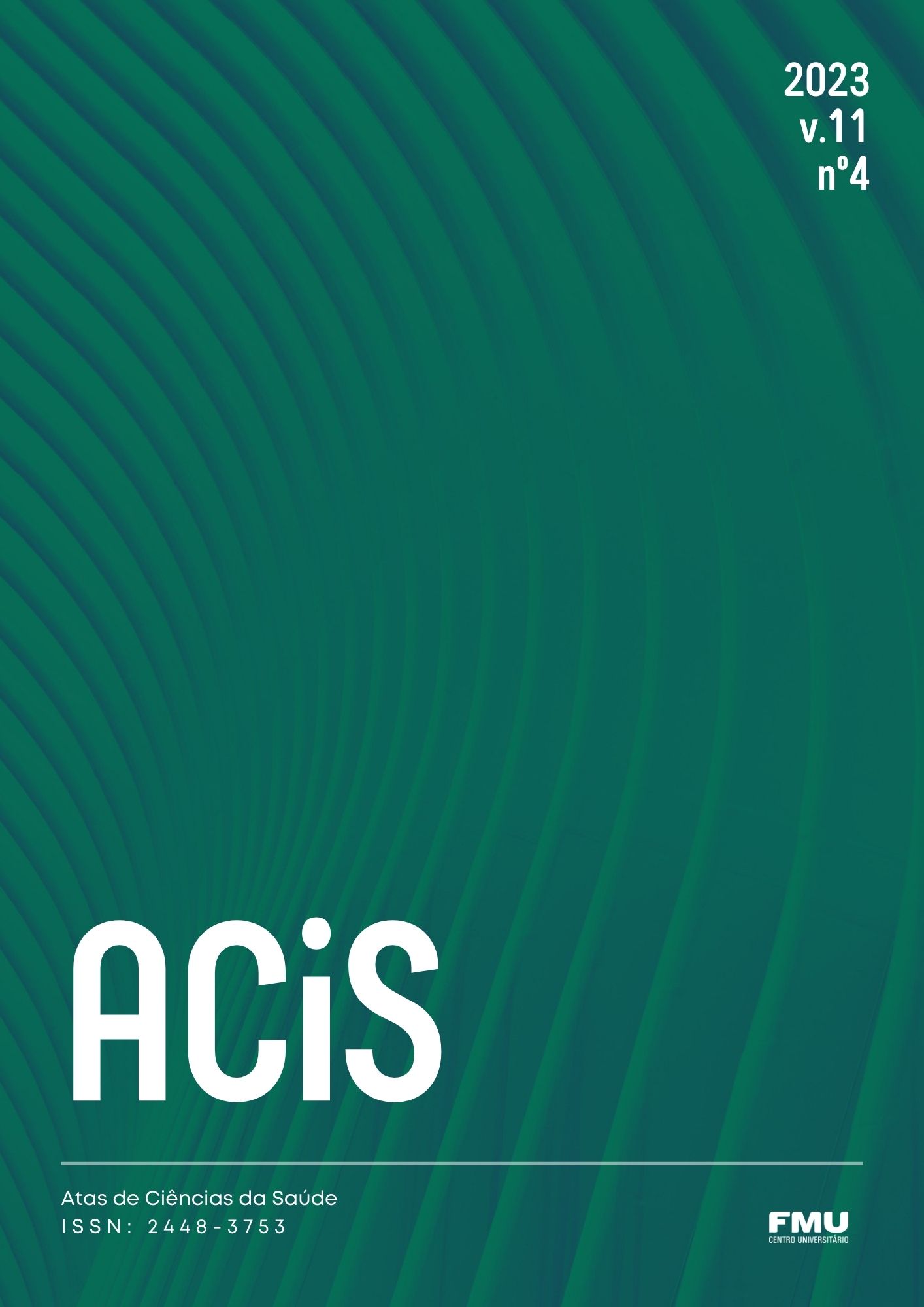O uso da celulas-tronco para o tratamento do alzheimer
Abstract
Alzheimer's disease is a progressive and, so far, irreversible neurodegenerative disease that primarily affects memory and other cognitive functions. It was first described by neurologist Alois Alzheimer, in 1907. Currently, about 1.2 million people are living with some form of dementia, and 100,000 new cases are reported each year. The disease is characterized by three main stages, and its pathophysiology involves the formation of senile plaques and neurofibrillary tangles in the brain, leading to cortical atrophy and neuronal death, mainly affecting areas responsible for cognitive and motor functions. Alzheimer's is marked by the presence of β-amyloid and phosphorylated Tau proteins. Currently, treatment is mainly symptomatic and unable to prevent the progression of the disease. Available medications are targeted at improving cholinergic function and include acetylcholinesterase inhibitors such as donepezil, rivastigmine, galantamine, and metrifonate. However, they cause many side effects such as nausea, vomiting, and diarrhea, leading patients and their families to discontinue treatment. Stem cells (SCs) have the potential to regenerate brain tissue damaged by Alzheimer's and replace lost neuronal cells. They are precursor cells with the ability to self-renew and differentiate into various cell types. There are embryonic SCs found in embryos and adult SCs found in adult tissues, and based on their differentiation capacity, they are classified as totipotent, pluripotent, or multipotent. Research conducted in the last 5 years using animal models that addressed different types of SCs has shown positive results in treatment. It has been observed that transplanted SCs have the ability to differentiate into neuronal cells and replace damaged cells, as well as release growth factors and anti-inflammatory molecules that can promote neuronal survival.
Published
Issue
Section
License
Copyright (c) 2023 Alanys Caraça Raymundo, Renata Ruoco Loureiro

This work is licensed under a Creative Commons Attribution-NonCommercial 4.0 International License.
Autores que publicam nesta revista concordam com os seguintes termos:
- Autores mantém os direitos autorais e concedem à revista o direito de primeira publicação, com o trabalho simultaneamente licenciado sob a Licença Creative Commons Attribution que permite o compartilhamento do trabalho com reconhecimento da autoria e publicação inicial nesta revista.
- Autores têm autorização para assumir contratos adicionais separadamente, para distribuição não-exclusiva da versão do trabalho publicada nesta revista (ex.: publicar em repositório institucional ou como capítulo de livro), com reconhecimento de autoria e publicação inicial nesta revista.
- Autores têm permissão e são estimulados a publicar e distribuir seu trabalho online (ex.: em repositórios institucionais ou na sua página pessoal) a qualquer ponto antes ou durante o processo editorial, já que isso pode gerar alterações produtivas, bem como aumentar o impacto e a citação do trabalho publicado (Veja O Efeito do Acesso Livre).





